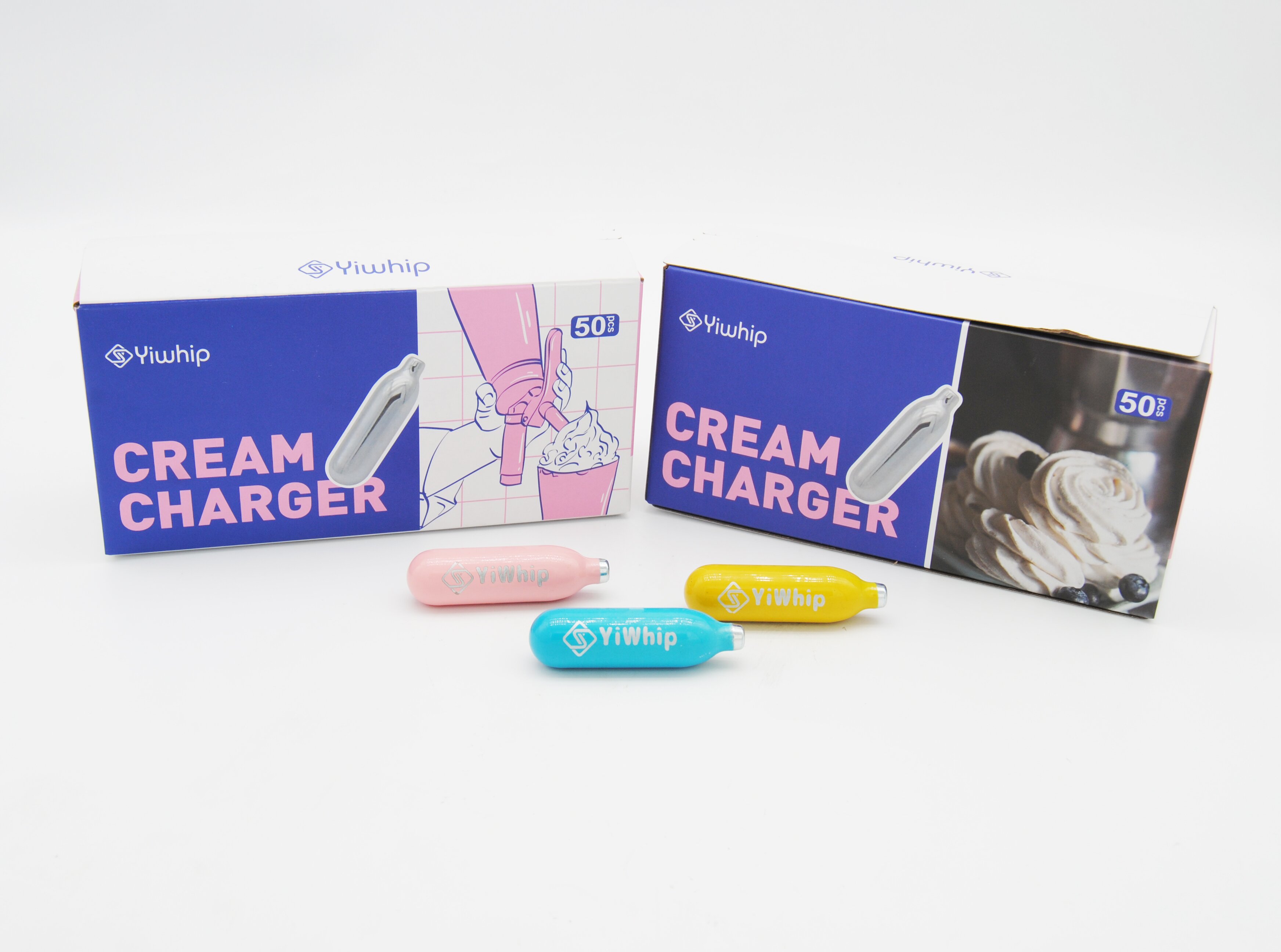The Science Behind Whipped Cream Chargers
A whipped cream charger is more than just a kitchen gadget—it's based on simple, yet fascinating chemistry. At its core, it uses nitrous oxide (N2O) gas to whip and stabilize dairy or non-dairy creams instantly. But what actually makes this system so effective? The process begins with understanding emulsification, fat distribution, and pressure mechanics.
Let’s explore this in detail: cream has a high fat content that plays an integral role when you try to whip it. Traditional methods rely entirely on physical motion—whipping by hand or using a motorized whisk—to infuse the mixture with air bubbles. However, when a whipped cream charger is used, compressed N2O enters the cream charger canister. Here’s how things work:
- Nitrous Oxide Dissolves into Fat & Liquids: Nitrous oxide readily dissolves into the fats and liquid proteins within the heavy or plant-based cream.
- Rapid Expansion Upon Dispersion: When pressure is released (as you press the whip siphon nozzle), the nitrous oxide forms microscopic gas bubbles within the mixture—an action much faster and more consistent than manual whisking.
- Fats Trap Gas for Stable Texture: Unlike air-whipped systems (such as a traditional beater method), the fat globules quickly trap nitrogen-oxygen gas molecules around them during agitation inside the pressurized dispenser.
- Chilling Stabilizes Final Volume and Consistency: It’s critical to chill your canister before and after filling to maximize stability, firmness, and smoothness of the final product—a crucial but oft-overlooked technique among beginners.
This chemical approach ensures the result has denser, smoother consistency, and holds peaks, allowing both baristas and pastry chefs to deliver top-notch dessert experiences quickly. Whether topping coffee drinks at a busy café or creating intricate cakes, the science gives the cream extra volume without compromising on aesthetics or mouthfeel.
Whipped Cream Chargers vs. Manual Whip Techniques
Making whipped cream might seem straightforward, but choosing the method that works best in different cooking or commercial environments can have lasting impacts on your food service or recipe results. Let’s compare a few ways professionals tackle whipping cream—the traditional beaters and mixer methods versus the convenience and consistency offered by nitrous oxide cream chargers:
Time efficiency
- Beating with electric whisks takes at least 5–7 minutes per batch, depending on desired volume.
- A siphon loaded with a nitrous oxide whipped cream charger can dispense fresh, voluminous cream every time in just a few seconds once prepared ahead!
Consistency across batches
- Batter mixing errors from operator variability can cause differences in texture between individual batches when beaten manually or with machines.
- Canned or pre-made creams degrade fast; however, siphon-charged systems maintain consistency regardless of frequency if chilled properly.
- Siphon-prepped cream holds shape far better even under temperature stress (for example in warm lattes or hot desserts) due to structural support by microbubbles generated by the N2O system. These remain uniform no matter how quickly it was made—a feature especially valued in event catering services and cafés that serve multiple drinks quickly during rush hours.
Labor considerations

